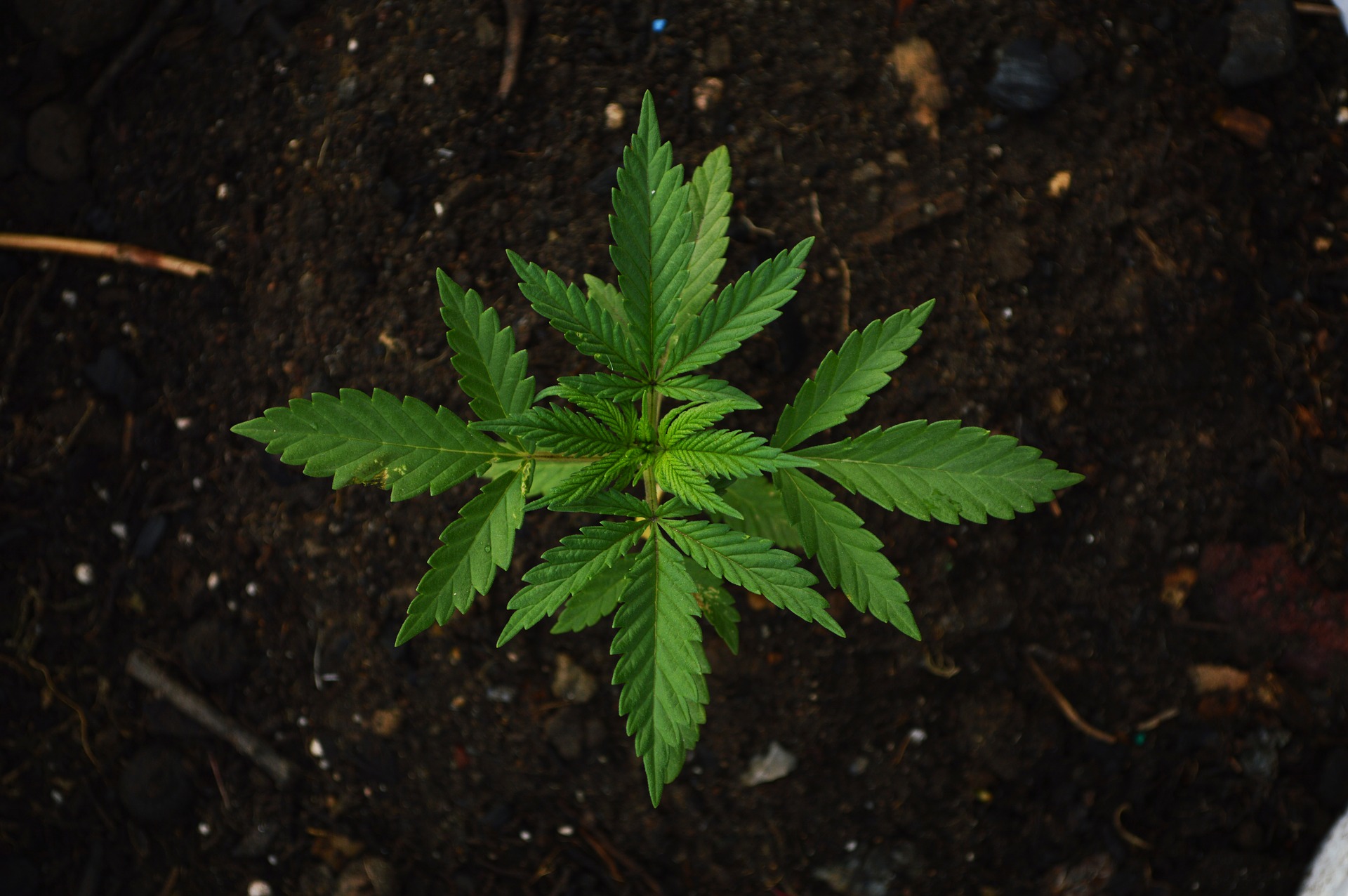Marijuana is made up of compounds called cannabinoids. They are classified by the ways in which they influence and interact with the brain.
Cannabinoids List
In spite of marijuana’s current classification as a Schedule 1 narcotic, the medicinal and recreational benefits of cannabinoids continue to gain popularity throughout the United States. According to the National Institute on Drug Abuse, recreational marijuana use has been legalized in two states while 20 other states have legalized the drug for medicinal purposes.
While cannabinoids are commonly associated with recreational use, cannabinoids exist as a group of chemical components that produce a wide range of effects. The cannabinoids list consists of these various chemical components, also known as subclasses. Differences between cannabinoid subclasses account for the drug’s varied effects.
The Cannabis Sativa Plant
According to the University of Washington, the Cannabis sativa plant is home to 480 natural chemical compounds, 66 of which fall in the cannabinoid classification. As one of the 66 cannabinoids, THC (also known as delta-9-tetrahydrocannabinol) exists as the most commonly known compound due to its ability to produce the “high” effects associated with marijuana use
When used for medicinal purposes, marijuana’s analgesic effects provide an effective treatment for conditions involving pain and nausea. Its analgesic effects come from the compound known as CBD or cannabidiol.
Cannabinoids reside in the leaves, flowers, stems and seeds of the Cannabis sativa plant. As each dose of marijuana may contain varying levels of different cannabinoid compounds, the drug’s effects can vary from batch to batch. When manufactured for treatment purposes, batches contain measured levels of various compounds in order to produce the desired medicinal effects.
Cannabinoid Subclasses
Each of the 66 cannabinoid compounds falls within one of six different subclasses. These six cannabinoid subclasses include:
- Tetrahydrocannabinols or THCs
- Cannabierols or CBGs
- Cannabinodiols and cannabinols or CBDL and CBNs
- Cannabidiols or CBDs
- Cannabichromenes or CBCs
- Miscellaneous cannabinoids – cannabitriol (CBT), cannabicyclol (CBL), cannabielsoin (CBE) and others
Cannabinoids target specific cell receptors in the brain, known as CB1 and CB2. These cell receptors work together to form the endogenous cannabinoid system. This system runs through the brain’s limbic and mesolimbic systems, which regulate a wide range of functions, some of which include:
- Cognition
- Memory
- Psychomotor functions
- Learning
- The pain/pleasure reward system
The six cannabinoid subclasses of compounds interact with different areas of the brain. In effect, the two most active compounds – THC and CBD – target different brain chemical systems.
Cannabinoid Differences
More than anything else, cannabinoids differ in their ability to produce psychoactive or mind-altering effects in the brain. Psychoactive effects take the form of euphoria, feelings of calm as well any other changes in a person’s psychological states.
Subclasses that produce little to no psychoactive effects include:
- Cannabichromenes or CBCs
- Cannabierols or CBGs
- Cannabidiols or CBDs
Cannabidiols or CBDs make up largest proportion of most every “pre-treated” batch of cannabis. CBD compounds are believed to have anti-anxiety as well as analgesic effects, which may reduce THC’s psychoactive effects as well as the overall addictive potential of any one batch.
By far, THC compounds produce the strongest psychoactive effects, meaning batches or doses containing high concentrations of THC carry the highest addictive potential. As of yet, little is known on how the other cannabinoid subclasses affect brain processes though these subclass compounds likely influence how the drug is metabolized in the brain.
the Take-Away

